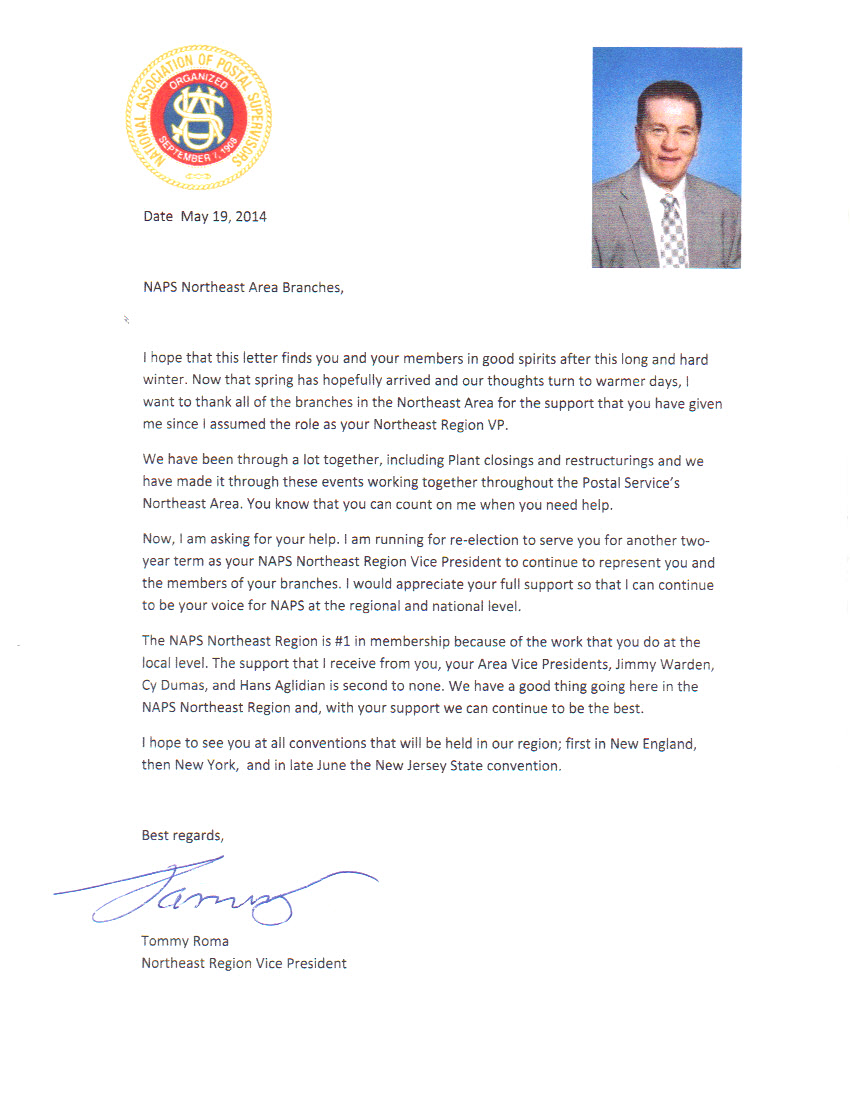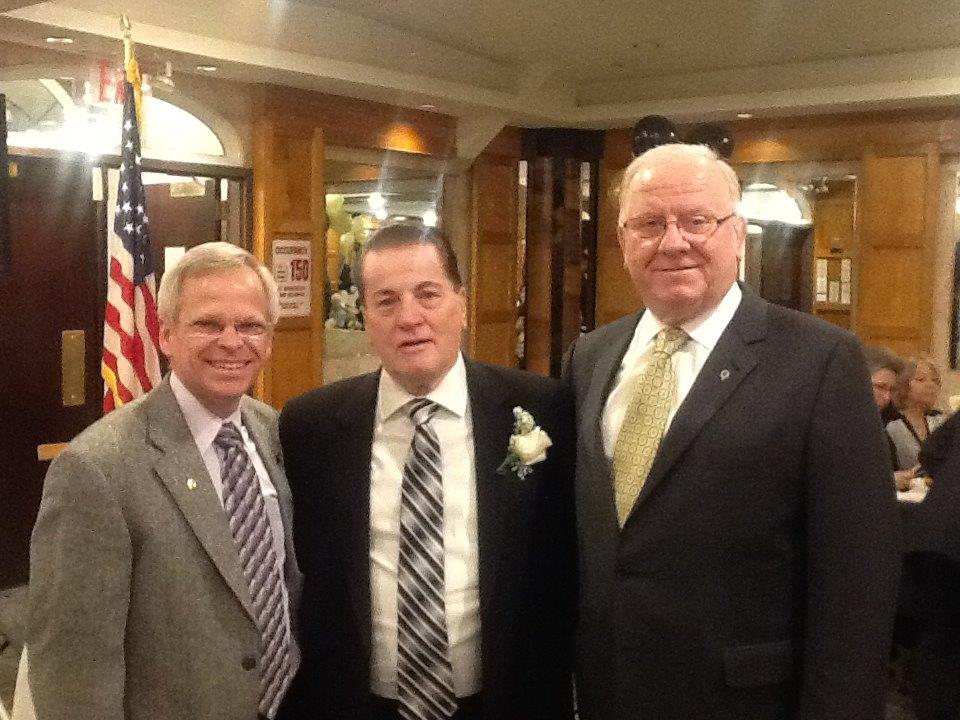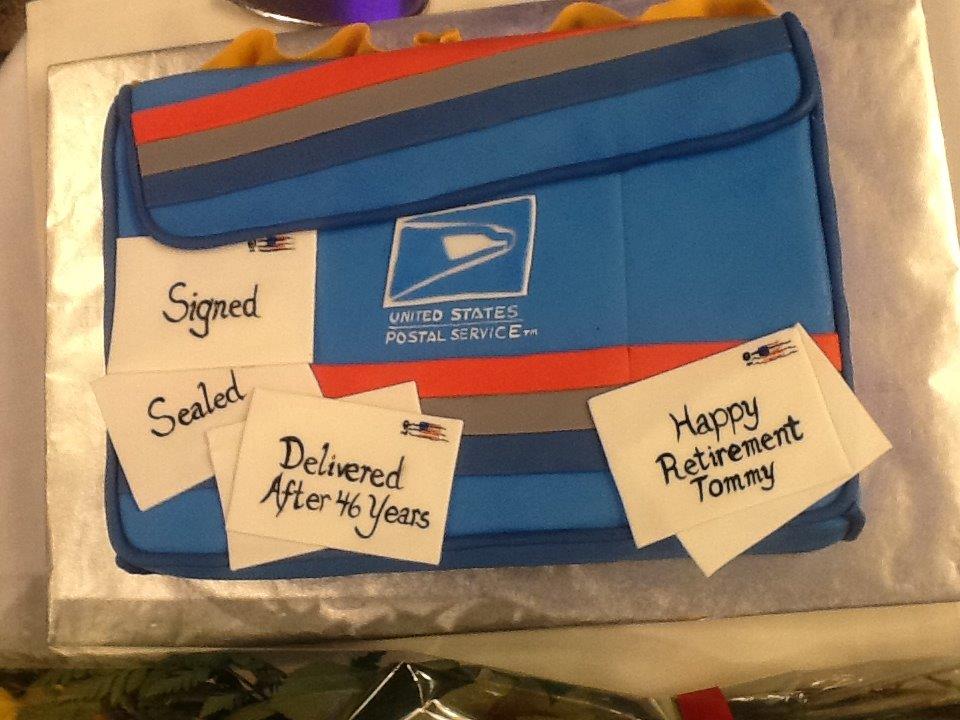Policy for Domiciling Headquarters Employees
- in News

A VIEW FROM THE BRIDGE



Quarterly Business Meeting – CHRO Jeffrey Williamson – NAPS Resident Officers
April 29, 2014
Attendees:
Jeffrey Williamson – USPS Chief Human Resource office/Executive Vice President
Doug Tulino – USPS Vice President, Labor Relations
Jay Killackey – Executive Vice President, NAPS
(Louis Atkins was unable to participate in the meeting due to travel disruptions on his return from the North Dakota/South Dakota States Convention. Brian Wagner was on travel to a previously scheduled meeting)
The agenda items included:
1. Update on the filling of EAS Vacancies
Over the past month the USPS has posted in excess of 1,000 EAS vacancies and will continue to post vacancies as quickly as possible.
2. Update on training for new supervisors
NAPS received a briefing as part of their recent executive board meeting that the USPS is currently conducting a thorough review of the current New Supervisor Training Program. NAPS will place this item on our May Consultation so that NAPS can meet with the principles of this program for an update
3. Discussion on the likelihood of a NPA Buyout for FY 2014 based on current data and metrics.
We are currently in the beginning of PQ3/14 and despite having a rough PQ2/14 as a result of weather impacts the USPS expects to bounce back strong in PQ3/14.
4. Overtime issues in the Los Angeles Customer Care Call Center; EAS 19 supervisors are being required to work consistently on their off day and there have been reported instances of customer issues being referred back from the call center to post offices/stations due to the excessive volume. We would like to discuss staffing levels at the care facilities and what can be done to improve them.
The USPS has received these reports from the leadership of the Call Centers as they adjust the staffing to the workload. NAPS will place this on the May, 2014 Consultative Agenda so that a briefing can be provided to NAPS by the leadership of the Call Centers.
5. NAPS received a report of where an EAS manager was physically assaulted by a carrier in the Louisiana District. The incident was resolved by the district by agreeing to return the carrier to work. We would like to discuss protocols regarding these types of incidents.
USPS HQ Labor Relations will look into this issue and requests that NAPS contact the District Manager in the Louisiana District to gain additional information.
Open Discussion:
The meeting attendees then held an open discussion about the benefits of holding quarterly meetings that are in addition to the monthly Consultative meetings that are held in compliance with Title 39. It was agreed that open communications is necessary between NAPS and the Postal Service. Quarterly meetings provide opportunities to discuss strategic issues that are important to both the Postal Service and members of NAPS.
The meeting attendees discussed plans for the 2015 PFP where there will be an increased focus on the entire process directly from the CHRO, Jeff Williamson. The development of goals and objectives for PFP in 2015 will be simplified and the processes for developing goals will be more transparent. Mr. Williamson stated that he expects NAPS to play a greater role in the 2015 PFP process.
The discussion then turned to the shortcomings of the current New Supervisor Program and plans to come up with a solution as to how to best make changes in the current program. NAPS recommended that the development process should include representation from NAPS as part of the work team. This recommendation from NAPS will be considered as decisions are made to overhaul the current program.
There was a discussion on the improvements in the application of the Doug Tulino letter outlining compliance with the requirements for placing EAS employees in off-duty states without pay. As a result of this letter there has been a reduction in instances off EAS employees being placed in an off-duty status without pay. Doug Tulino requested that any problems in this area should be brought to the attention of his labor relations staff so that a review can be conducted.
Both Tulino and Williamson expressed that issues that may arise in the field do not have to wait for either the quarterly meetings or the monthly consultative meetings. If an issue arises they expect that we contact their offices with as much information as possible so that the issue can be investigated and resolved.


From left Brian Wagner, Tommy Roma, and Jay Killackey

From left John Vincenzi,Tommy Roma, Marylou Palladino, and Nick Palladino

From left Jay Killackey, Tommy Roma, and John Cavallo



President Ray Beshara Presenting Placque to Tommy and Flowers to Cathy Roma

Tommy and President Ray Beshara






NAPS Leg/Reg Update – January 27, 2014
Senate Panel To Consider Postal Bill on Wednesday
Senate lawmakers are preparing to mark-up postal reform legislation at a meeting of the Senate Committee on Homeland Security and Governmental Affairs this Wednesday, January 29, at 10 am ET. (You will be able watch the mark-up live here.)
The Committee will work from a new version of S. 1486, the Postal Reform Act, originally introduced by Sen. Tom Carper (D-DE) and Sen. Tom Coburn (R-OK) last year. Carper and Coburn are the top Democrat and Republican on the Senate Committee on Homeland Security and Governmental Affairs, which has jurisdiction over the Postal Service.
NAPS is closely reviewing the terms of the new version of the postal legislation, which Chairman Carper and Ranking Member Coburn released last week as a “discussion draft.” The two Senators are expected to file their new version later Monday, and amendments to the bill by several other committee members also are expected to be filed.
Late last year Chairman Carper cancelled three scheduled meetings of the committee to mark-up S. 1486, after sufficient support for the measure, as then written, failed to materialize. Some Democrats and Republicans were dissatisfied with various parts of the legislation, and NAPS raised a series of concerns, along with other postal employee groups. These developments triggered more recent negotiations between Carper and Coburn, resulting in the substitute version they will bring to the committee for approval on Wednesday. (A section-by-section review of the new Carper-Coburn substitute is here.)
Whether a sufficient majority of support for the new measure now exists remains unclear. Additional amendments at Wednesday’s mark-up are likely to be offered by several Senators, including Sen. Mark Pryor (D-AR), who wants to extend Merit Systems Protection Board appeal rights to all EAS employees, including 7500 postal employees who remain uncovered.
In summary, the new Carper-Coburn substitute would:
— Reset the USPS retiree health pre-funding schedule to a more affordable 40-year arrangement.
— Allow the Postal Service to renegotiate retirement benefits for newly hired employees, creating a two-teired retirement system, with lower benefits for new hires. (This is problematic in a number of ways, and NAPS and other employee groups are opposed to this approach.)
— Authorize the Postal Service to establish an exclusive health plan for all employees and retirees, integrated with Medicare coverage, to achieve cost-savings.
— Provide for a refund of overpaid CSRS and FERS monies under postal-specific actuarial assumptions.
— Authorize an arbitrator to take into account the financial condition of the Postal Service in binding arbitration of disputes between the Postal Service and labor unions.
— Establish a pre-funding arrangement for the Postal Service’s payment of its unfunded liability for future workers’ compensation payments, estimated at $17 billion. (NAPS is also taking a closer look at this provision, establishing a second, prefunding obligation for the Postal Service.)
— Require the Postal Service to maintain current delivery service standards for the next two years.
— Prohibit the Postal Service from closing or consolidating mail processing facilities for two years.
— Establish procedures for the Postal Service’s use before deciding whether to discontinue a small, rural post office, largely reflecting the “POST” plan adopted by the Postal Service in 2012.
— Permit the Postal Service to move to five-day delivery when total mail volume drops for four consecutive quarters below 140 billion pieces (it’s now at 158 billion pieces).
— Require the Postal Service to convert business delivery to centralized or curbside delivery; and move incrementally to conversion of residential delivery to centralized or curbside delivery.
— Require the Postal Regulatory Commission to issue advisory opinions within 90 days on Postal Service proposals concerning market–dominant products.
— Provide greater rate flexibility (and revenue) to the Postal Service by making permanent the recent emergency price increase and changing the cap on future price increases for market dominant products to CPI + 1 until 2016; and require the Postal Service to establish a new rate system, in collaboration with the Postal Regulatory Commission.
— Expand Postal Service authority to offer non-postal products in ways that allow it to better its financial position and capitalize on its own infrastructure.
— Authorize the Postal Service to ship wine, beer and distilled spirits.
— Reduce the current 11-member Postal Service Board of Governors to nine members and eliminate the Deputy Postmaster General from the Board; provide for the appointment of the Inspector General of the Postal Service by the President subject to Senate confirmation; and limit members of the Postal Regulatory Commission to two terms.
— Establish an independent advisory commission to provide guidance on the long-term solvency of the Postal Service and innovative thinking; require a Postal Service plan for long-term solvency; require the Postal Service to designate a Chief Innovation Officer; and require the Postal Service to issue a plan for reducing the number of area and district offices.
— Restructure government-wide the Federal Employee Compensation Act and reduce FECA benefits for totally disabled enrollees to 50 percent of the pre-disability wage upon attainment of full retirement age, along with other provisions, as included in postal reform legislation approved by the Senate in April, 2011.
— Provide for changes in federal real property asset management, as included in legislation previously approved by the Senate Committee on Homeland Security and Governmental Affairs in July, 2013
Postal Rate Increase Takes Effect Today
Postage rates on first-class letters and most other mail will rise by 3 cents today to help the Postal Service recover millions of dollars it lost during the economic recession, as a result of a decision of the Postal Regulatory Commission last month. That price jump represent a 4.3 percent increase, on top of the customary 1.7 percent adjustment for inflation.
In the meantime, the Postal Service, bulk mailing industry, and Senate lawmakers each would alter the PRC decision further. Both the mailers and the Postal Service went to federal court last week to contest different parts of the PRC decision. The mailers want to roll back any emergency price increase, while the Postal Service wants to make it permanent. (The Postal Service sought a middle ground and made the price increase temporary for two years, long enough to recoup the money lost during the recession.) Senators Tom Carper and Tom Coburn, in their new postal reform proposal, would also make the price increase permanent. Sen. Tammy Baldwin (D-WI), whose state is a major paper producer, is expected to introduce an amendment at Wednesday’s committee meeting that would strip the rate provision from the bill. NAPS supports rate flexibility along the lines proposed in the Carper-Coburn bill.
=====
Bruce Moyer
Counsel to NAPS
bruce@moyergroup.net

I have had the honor of serving on the Naps Executive Board since August of 2000, when I was first elected as your New York Area Vice President. I must admit that the last two years were the most challenging that I have ever known. As your Northeast Region Vice President, we managed to place over two hundred employees who were excessed and without jobs. One hundred and sixty were in New York City alone. While some may have lost their comfort zone, they did not lose their job. We could not have accomplished this in the Northeast area without the help of upper management who worked with us to place these employees. I have gained a lot of respect for Postal Headquarters employees along with the Area and District people as well. This was a monumental task placed on my partner Jim Warden and myself. Once again we proved that we could partner with the USPS to get the job done. Believe me this was a match made in heaven.
Everyone realizes the future of the Postal Service is in packages as the first class mail continues to decline. This past Christmas we met the Amazon challenge and from all reports all packages were delivered by dedicated Postal Employees in time for the holidays. Our competition can’t say the same. It seems to me when the going gets tough, the Northeast area gets going.
I am proud to report that in all my years of representing Postal Supervisors, we have never lost a case. We were always able to resolve the issue to the benefit of both the supervisors and the USPS. This was no easy task and I would like to think that Jimmy and I have gained the confidence and respect needed to accomplish this task. As our greatest NAPS President Vince Palladino would say, I give and take in a manner that will make the USPS and NAPS successful. We want the Postal Service to recognize that we are a partner in working with them for the best interest of both organizations. This will be our fifth national convention without Vince Palladino wielding the gavel. Yet his presence in everything that is good will always be with us.
In closing let me say it has been an honor representing supervisors in the Northeast area for the past two years. My fondest wish is that I am returned for another term to the job I truly cherish as your Northeast Region Vice President of NAPS.
God bless the greatest membership any regional vice president could have.
Stay Strong
Tommy Roma